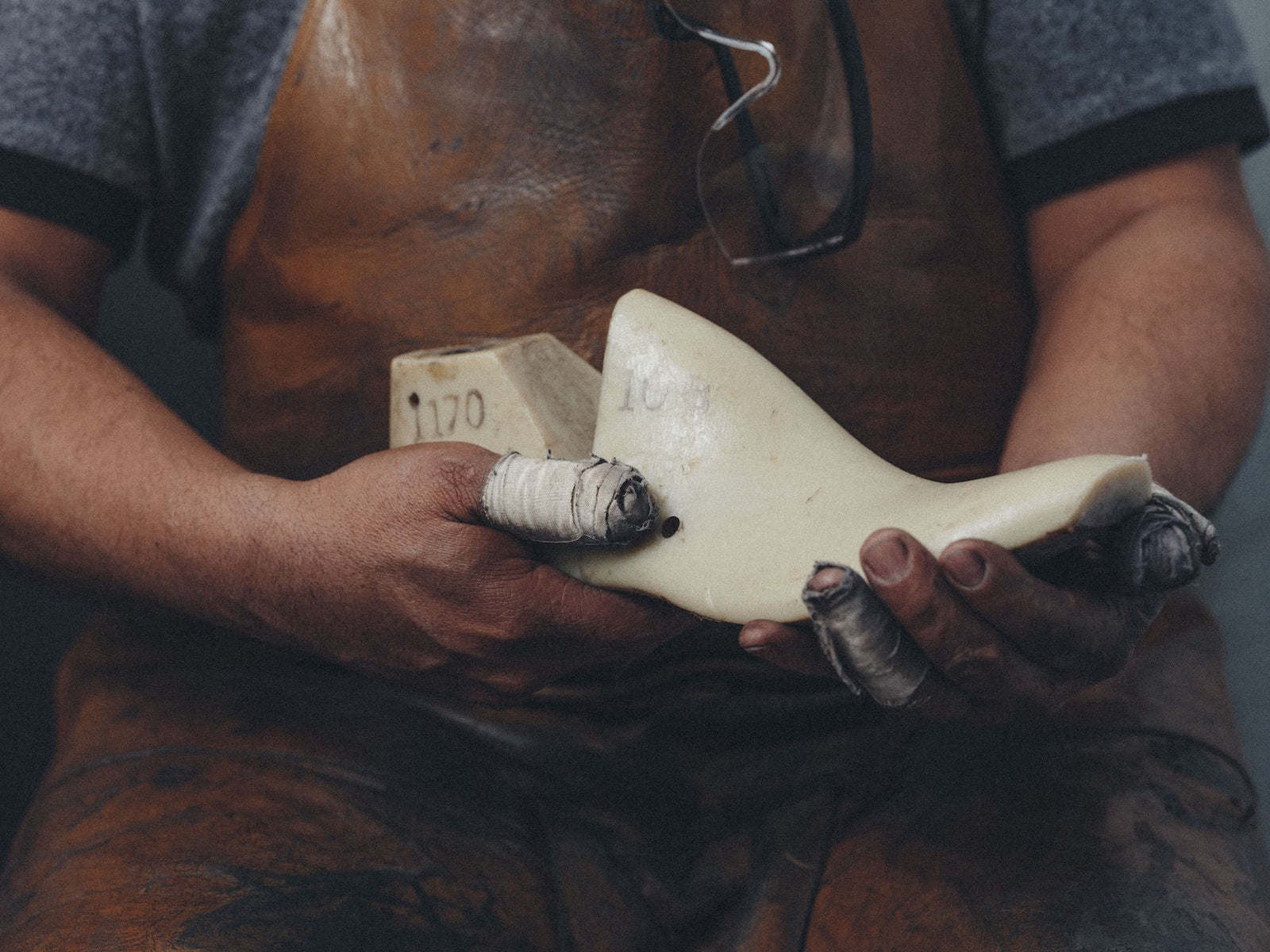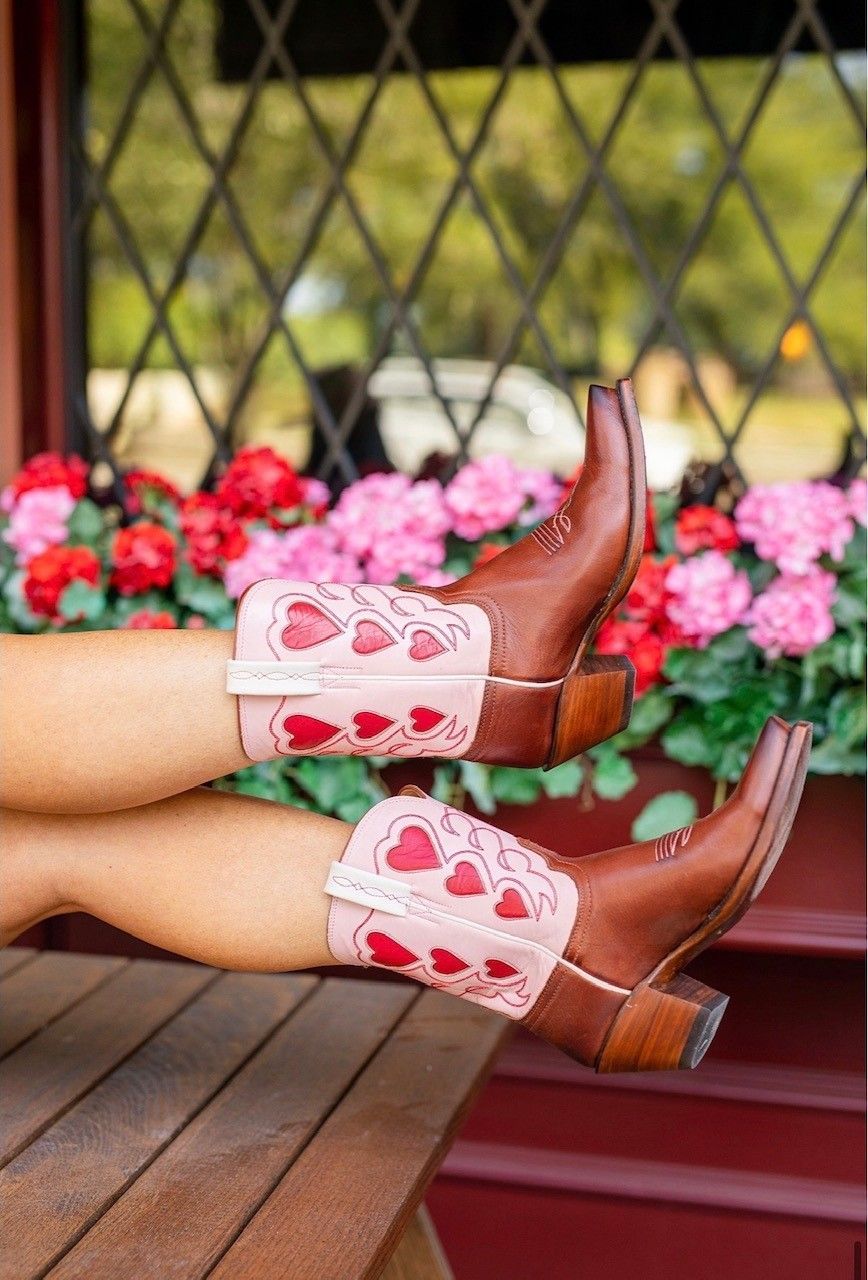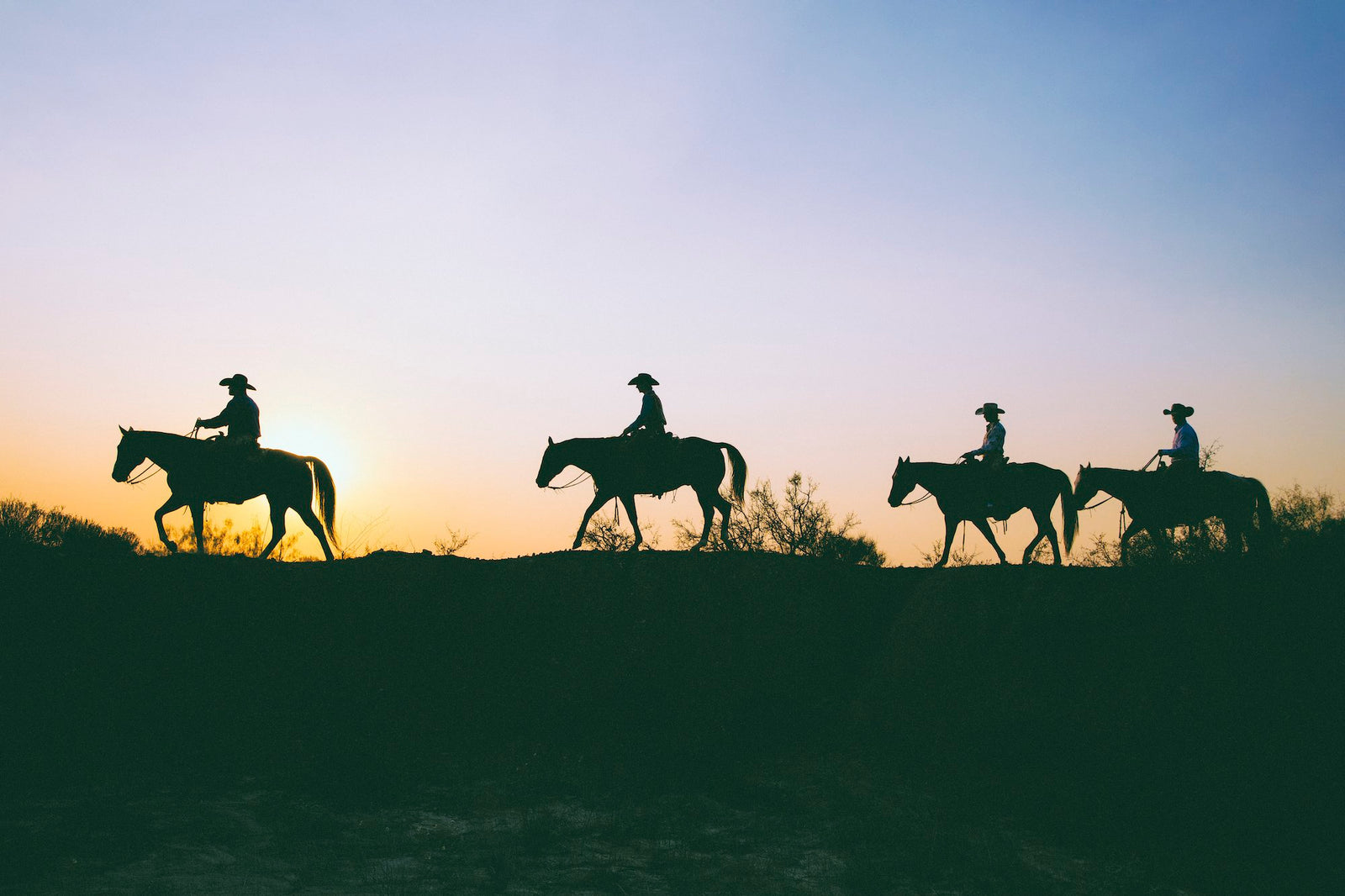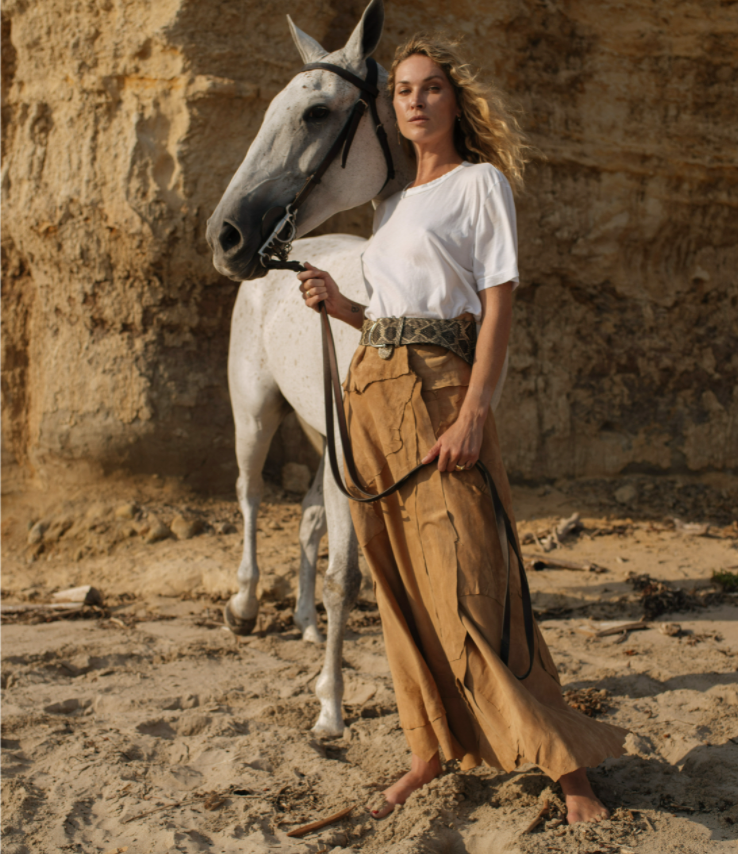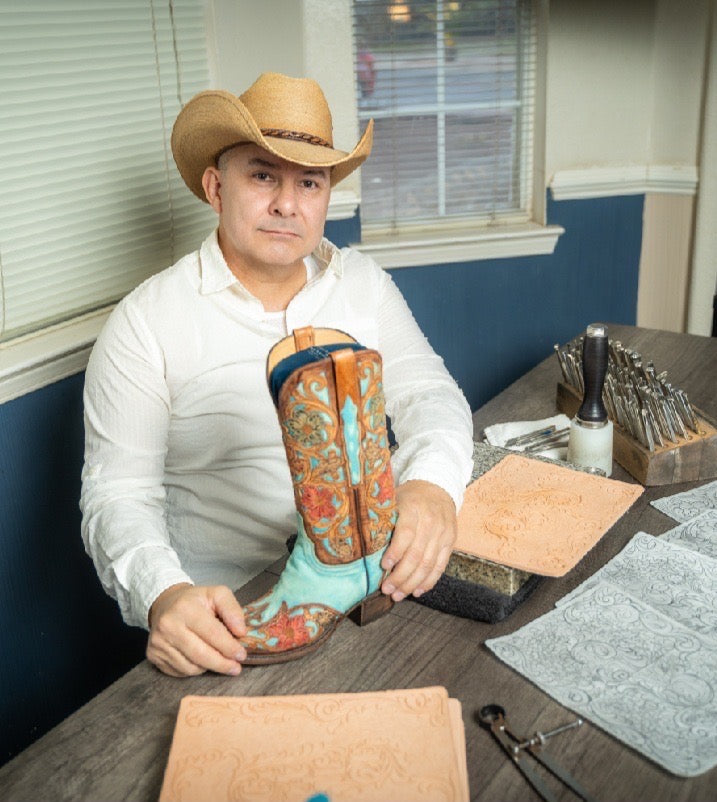
What goes into a name? Imagine what went into your name, or into those of your children. Lucchese puts the same kind of thought and consideration into the development of each product, the name being the final stamp on the creative process.
As a brand with a storied history that’s unfolded since 1883, it’s only fitting that every name within the company carry some meaning. For the current collection of boots, Lucchese's creative team settled on historic military installations and old ghost towns within the Western United States — the idea being to evoke a sense of both reverence and intrigue, at once.
First the team considered the design and inspiration of the boot: Some styles were influenced by the idea of the “American Rebel," a natural fit for ghost towns; others were founded upon more classic and/or equestrian designs, which lent itself to historic forts.
The end result is a group boots that are not only unique because of the artistry that went into them, but because of the story behind them. Learn about a few distinct examples below.
TERLINGUA
Terlingua was a remote but bustling West Texas mining town that collapsed in the early- to mid-1900s. In the 1940s, 40 percent of U.S. quicksilver came from Terlingua. It’s now a tourist destination at the foot of Big Bend National Park famous for its annual chili cook-off, which brings in upwards of 20,000 “chili heads” for the weekend. Shop Terlingua.
BRITTON
Britton’s most interesting claim to fame might be that its bank was the only one in the region not to be held-up by Bonnie and Clyde, according to the bank-owner’s great grandson, John William Bobbitt. The town was founded around 1885 and reached 300 people before it was bisected by a highway in the 1920s. Abandoned structures include a bank, several homes and cemetery. Around 30 people live in the North Texas town today, signaling that it may escape the clutches of total distinction. Shop Britton.
BODIE
Californians call it the best-preserved ghost town in the country owing to the 100 structures still standing. Its rise in population began in 1859 when gold was discovered, and the community hit its height (around 7,000) by 1879. Some buildings still have original furnishings in tact, and there were 65 saloons at the town’s peak where many murders and shootouts took place, according to historians. Shop Bodie.
WARD
Fort Ward was named for the first Union naval officer to die in the Civil War. Dismantled in 1895, it was initially built to defend Washington D.C. and is still 90 percent in tact. Shop Ward.
BLISS
Fort Bliss plays neighbor to Lucchese’s El Paso factory, nestled against the Franklin Mountains. First occupied at its current location in 1893, it’s now the Army’s second-largest installation. It’s named for William Wallace Smith Bliss, a U.S. Army officer and academic. In addition to being a mathematics professor at West Point, he learned a number of Native American tribal languages and studied their cultures. Shop Bliss.
SUMTER
Located in the Charleston Harbor, construction on Fort Sumter began in 1829. Fort Sumter is recorded as the site upon which the shots that started the American Civil War were fired. The camp was in ruins after the Civil War and only partially rebuilt. It's now a national monument. Shop Sumter.
Explore the whole collection online, which features other recognizable names like Riley, Sloan, Bannock and more.
Photos courtesy of (in order of appearance) Atlasobscura.com, Jack Keene, Bodie.com, Fort Ward, Fort Bliss and Fort Sumter.


